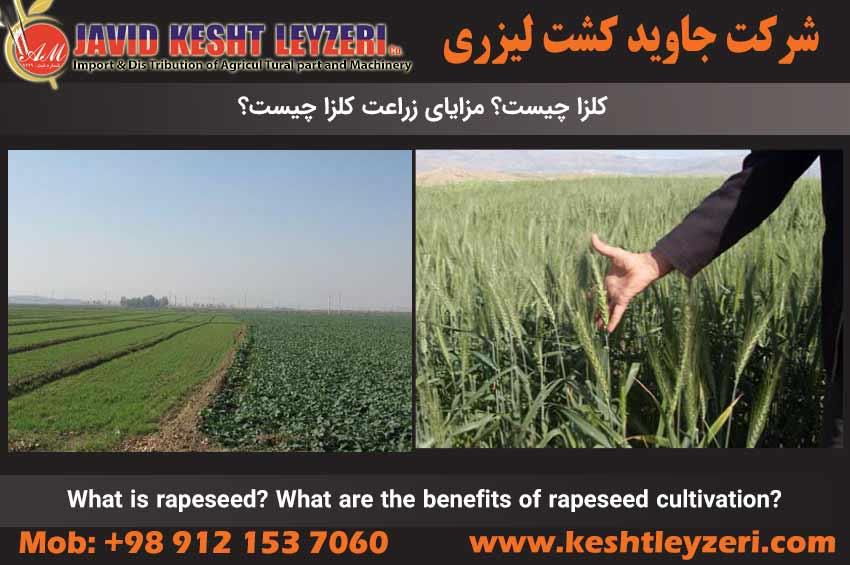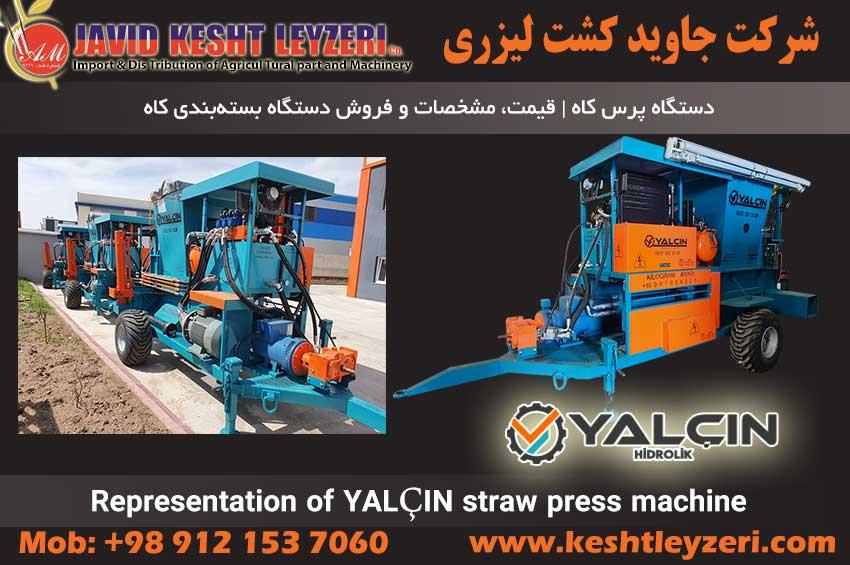
What is rapeseed? What are the benefits of rapeseed cultivation?
javid keshtleyzeri Co.ltd
List of contents of this section:
What is the necessity of rapeseed cultivation?
What is rapeseed?
What are the benefits of rapeseed cultivation?
In the following, the above contents will be presented.
What is the necessity of rapeseed cultivation?
Rapeseed is known as an important plant in the category of oilseed plants in the world. This plant has an oil content of over 40% in its seeds. Due to the country's increasing need for oil and high imports, rapeseed cultivation in Iran began in 1998 and with the progress of projects in recent years, the cultivation level and yield of this product has increased. The important characteristics of rapeseed include the high percentage of oil in the seed and its autumnal nature, which distinguishes this plant from other summer oilseed plants. Information about growing methods and the effects of agronomic operations on canola will allow farmers to manage canola more effectively.
What is rapeseed?
Canola is an annual plant with broad leaves and has two types of growth: spring and autumn. The autumn type is cultivated in cold and temperate regions and the spring type is cultivated in tropical regions. If the soil is permeable, the rapeseed root penetrates to a depth of 80 cm and increases the resistance of the plant in drought conditions. Its lateral roots mainly develop at a depth of 35 cm in the soil. Rapeseed plant initially has a bushy growth that lasts until late winter. As the weather warms up, the plant leaves the bushy state and produces a stem. The growth of the main stem and then the growth of the secondary stems has started and ends with flowering.
What are the benefits of rapeseed cultivation?
1. Weed control in rotation with wheat and barley: - Cultivation of rapeseed in rotation with wheat and barley causes effective control of narrow-leaved weeds such as wild oat and valley barley. - By irrigating before planting canola, narrow-leaved weeds and fallow wheat from the combine grow green and are destroyed by plowing. - If the land is not irrigated for some reason before cultivation, effective herbicides such as Super Gallant are used in the rapeseed field and successfully combat the density of narrow-leaved weeds in wheat cultivation.
2. Reduction of wheat blight disease: - Planting canola alternately with wheat and other grains has reduced yield due to wheat blight disease, and reports show that this reduction may be between 10 and 30%. - This disease spreads as a spot with the drying of the spike in the wheat fields and has no symptoms until the appearance of the spike. - Research has shown that the release of chemical compounds called isothiocyanate from the roots and remains of rapeseed inhibits the growth and development of the fungus that causes wheat blight in the soil.
3. Increase of soil organic matter: - At the beginning of the dried ripening phase, rapeseed leaves fall to the soil. - Having a spongy structure in contact with wet soil, these leaves decompose quickly and part of the nutrients absorbed from the soil returns to the soil.
4. Increasing the yield of wheat after rapeseed: - The yield of wheat cultivated after rapeseed increases by 15 to 20%. - In addition to increasing crop production, this increase also leads to raising the income of farmers.
5. The lowest consumption of seeds: - The consumption of seeds in rapeseed cultivation is less than that of wheat cultivation, which leads to a reduction in production costs.
6. Economic competitiveness: - According to the purchase price and performance, rapeseed has the ability to compete economically with autumn crops.






